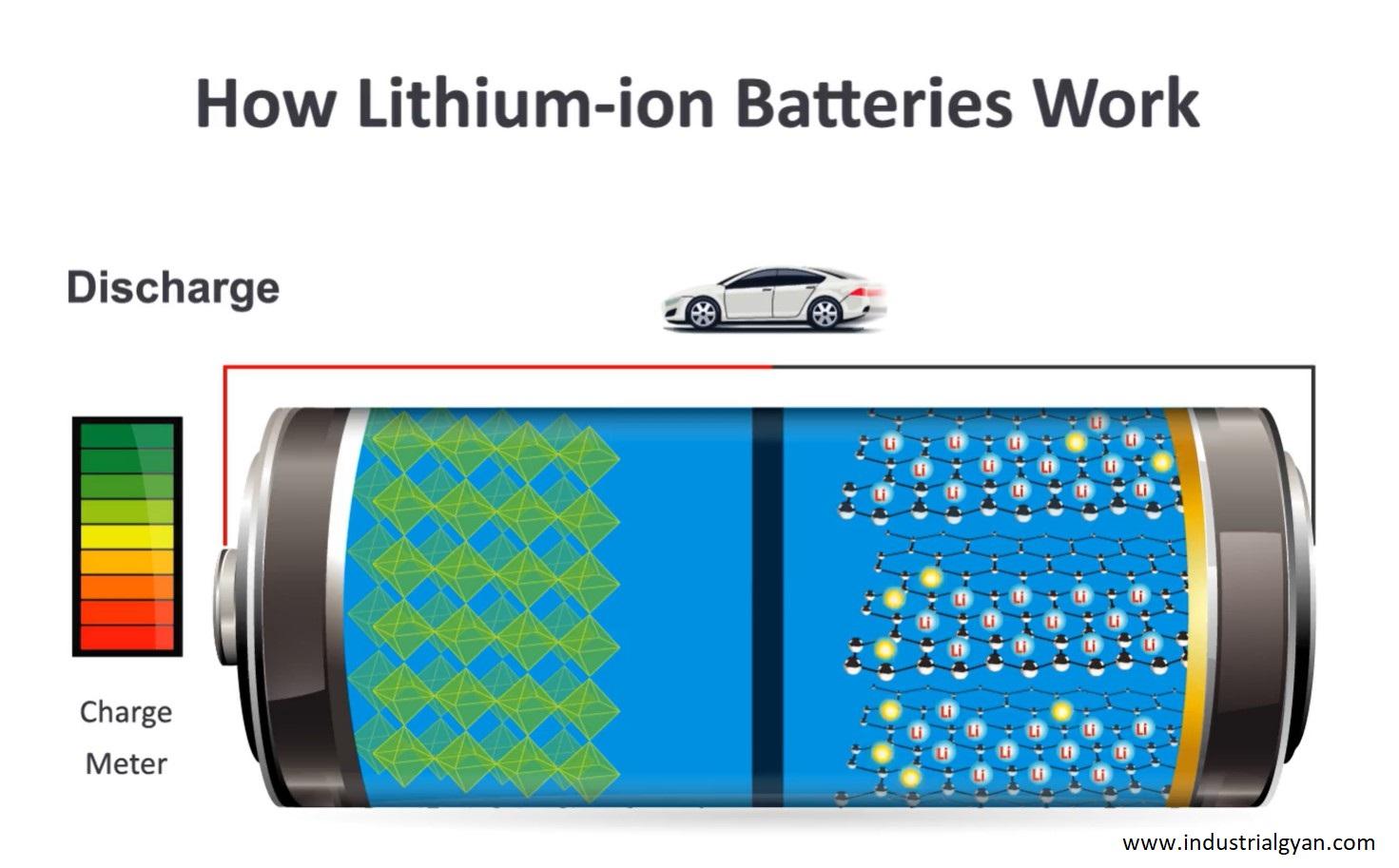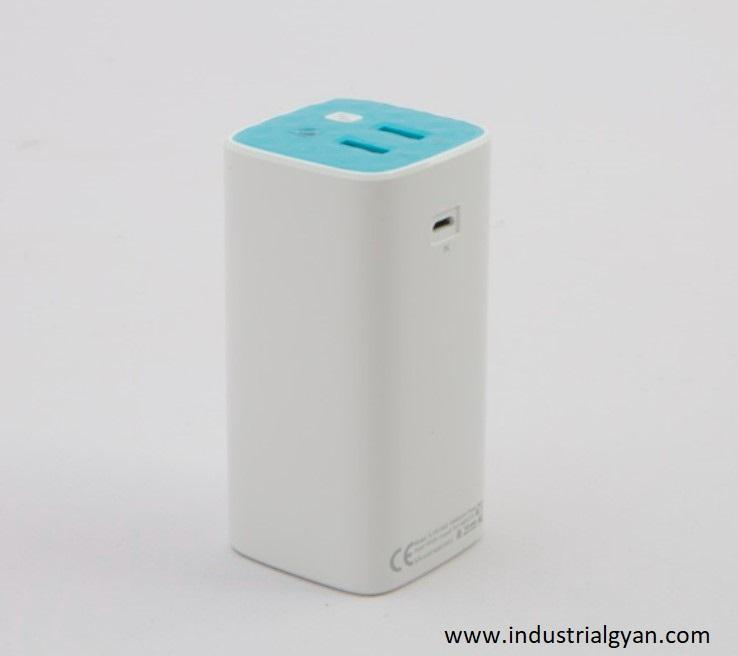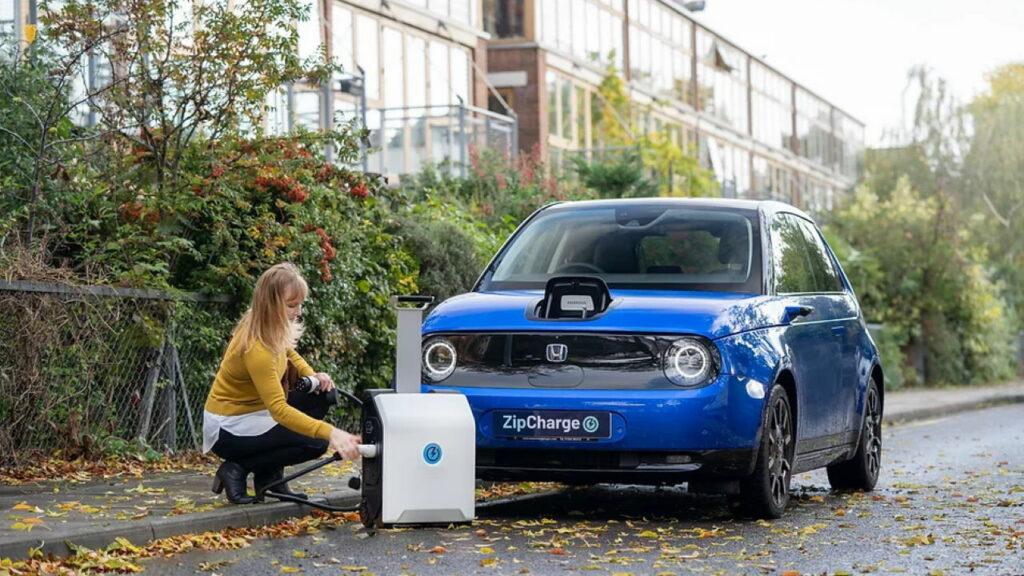Hello guys, today we are briefly discussing about the power bank module in electrical, the working of power bank, applications, advantages, disadvantages, and many more.
We are discussing the use of power banks and compactness, the principle of power banks and power conversion, and battery types.
Power bank module:-
The portable battery-operated compact size source of power. we can use it anywhere and anytime in ready-to-use condition only just charge it to plug and play. the mainly used in charging phones, tablets, and laptop electrical appliances. In the power bank we use the battery is used for power storage inside the power bank modules with enhanced safety features.
The power bank modules are connected through various safety features like as short circuit current, overload current, low power mode, temperature sensor, and many more.
The power bank battery power is represented in mah (Mili ampere hours).

Features of the Power bank:-
- Power bank capacity:- Higher capacity represents more power storage.
- Ports:- Number of ports simultaneously charge many devices
- USB ports:- Ports for charging.
- Type-C ports:- Type-C ports mainly use charging the power bank and also devices.
- Size:- It requires big sizes are not good for portability.
- Weight:- Weight increases with increasing the capacity of the power bank.
- No. of Ports:- Many ports is beneficial for multiple device charging.
- Wireless:- This feature is highly advanced, providing efficient charging for devices.
- Efficiency:- Basically efficiency is not good in the power bank is around the 60%.

Type of Battery used in the power bank modules:-
- Li-ion battery.
- Li-polymer battery.
Li-ion battery:-
The most widely used li-ion-based type battery in the industry. In the mainly used lithium as an anode and cathode for power stored in the battery. The lithium-ion can freely move between the anode and cathode, separated by a separator.
Advantages of the Li-ion types of battery:-
- Higher energy density for storage the higher potential.
- You will not have to maintain it frequently over time.
- High affordable in cost compared to the other types of battery.
Limitations:-
- Expensive to manufacture lithium-ion batteries.
- Require protection for maintaining the voltage and current in the circuit.
- Require to store in a cool environment to reduce the aging by up to 40%.
- Chemicals and metals are changing on a continuing process basis.
Li-polymer battery:-
The upgraded version of the battery. The li-polymer type of battery is highly efficient and reliable because this type of battery polymer material is used for the ion’s free movement. The anode and cathode side li-polymer play crucial roles in delivering the power.
Advantages of Li-polymer types of battery:-
- Improved safety compared to the other types of battery.
- Lightweight and easy to portable.
- The feasible factor is also for ease of manufacture.
Limitation:-
- Higher production cost.
- Lower life cycle
- No anyone standard size.
Future Scope:-
- Increases the battery capacity with a compact-size battery.
- Reducing the Charging time increases the discharging time.
- It can make revolutionary changes in the automobile markets
- For more information please visit here.
Top power bank manufacturer in India:-

I am a highly motivated and skilled individual with a passion for Electrical engineering. I have 1 year of experience in Robotics and Electrical engineering, which has allowed me to develop a strong set of skills in PLC, Painting Robots, SCADA. I am a quick learner and am always looking for new challenges and opportunities to expand my knowledge and skills. I am a team player and enjoy working with others to achieve a common goal. Successfully completed many projects for a various clients in the automobile sector.
Thank You

